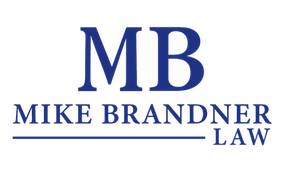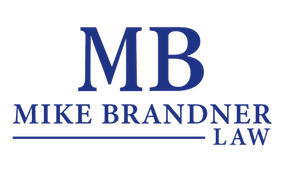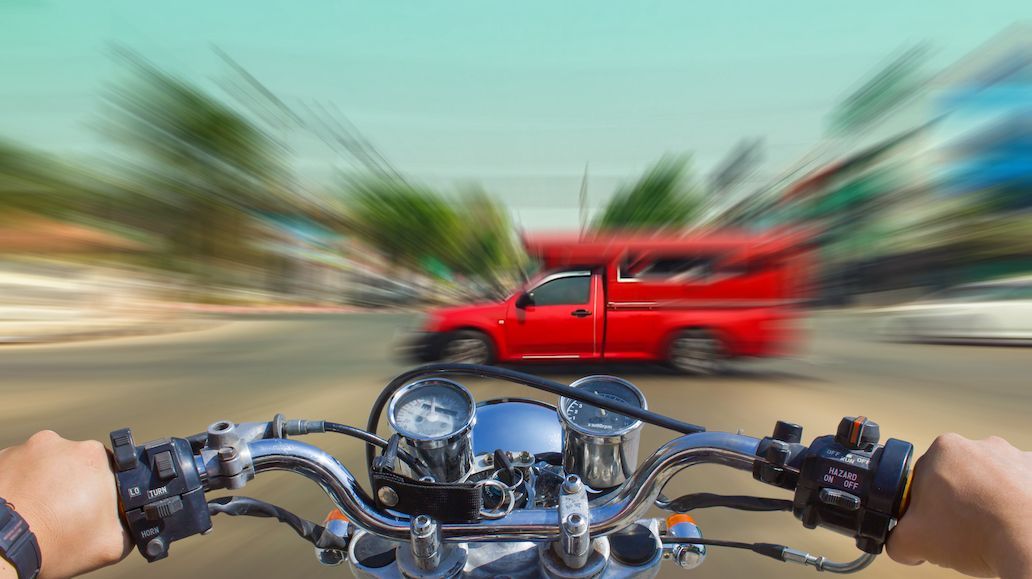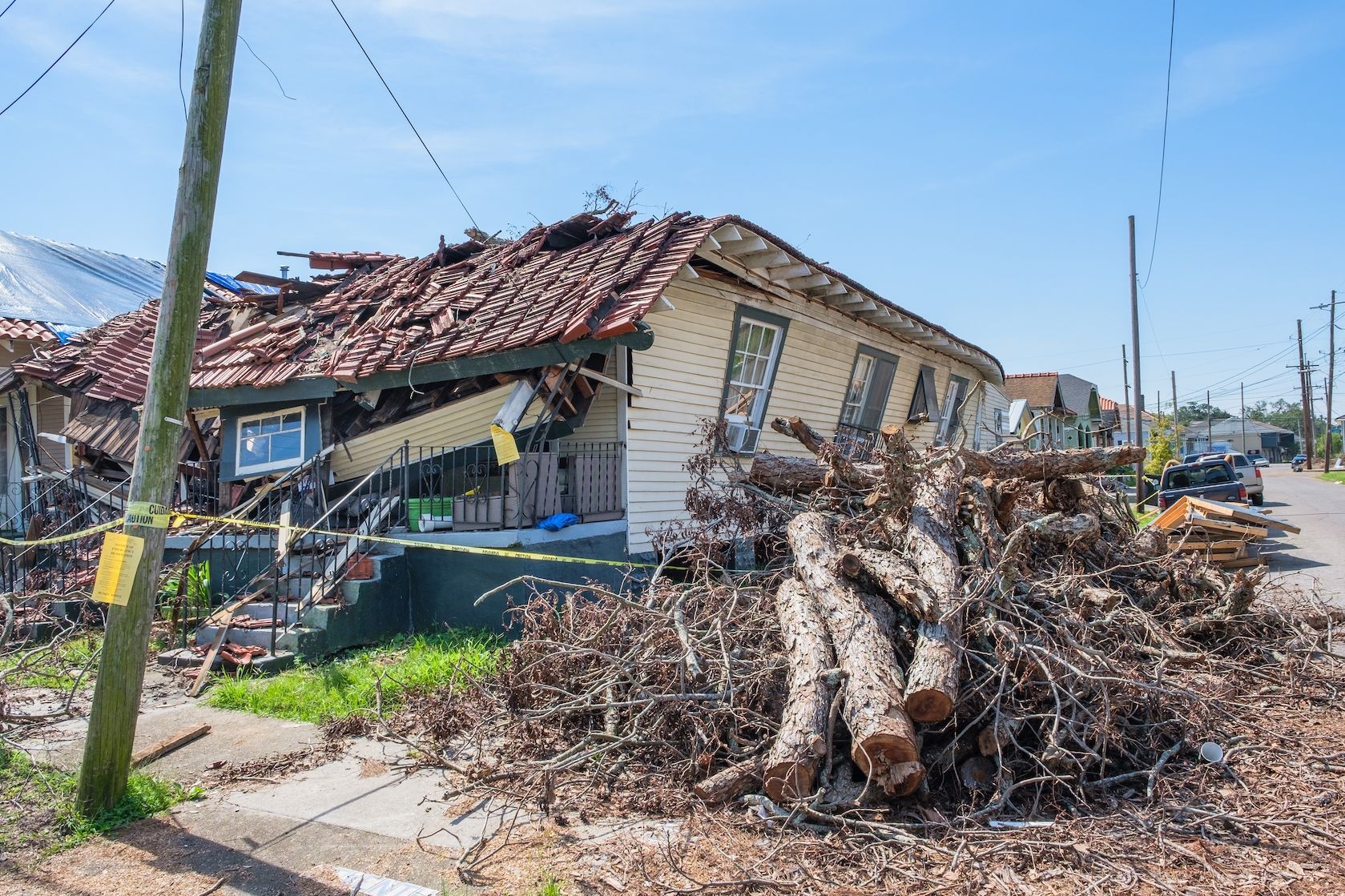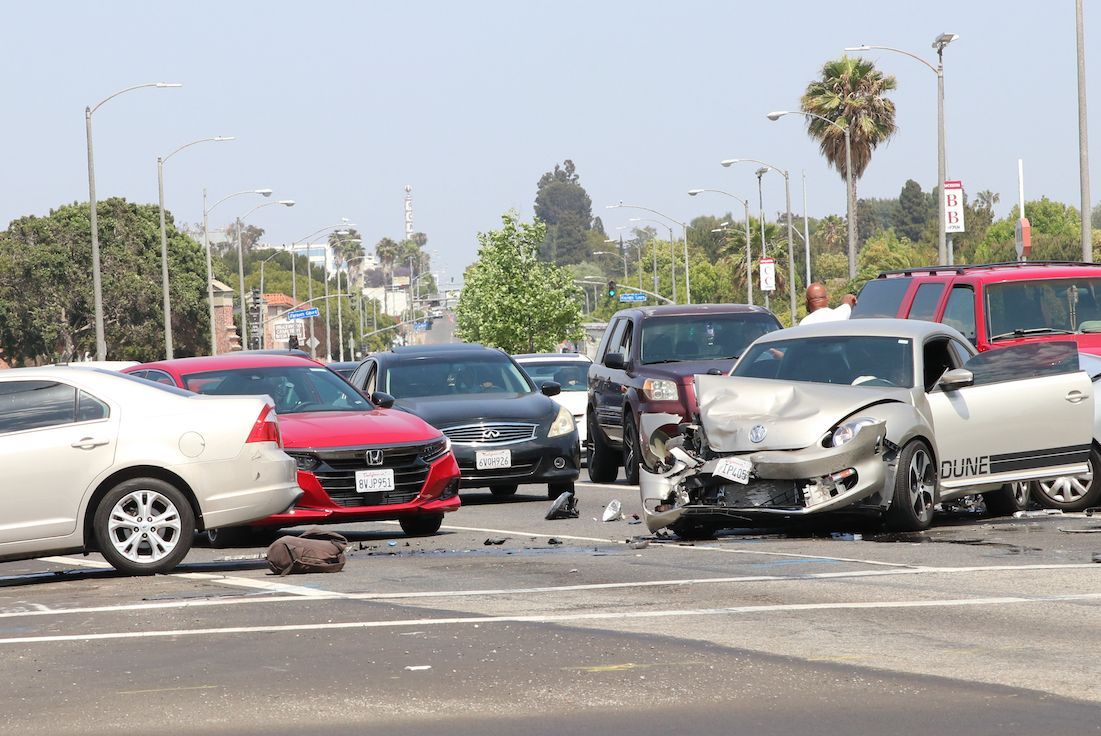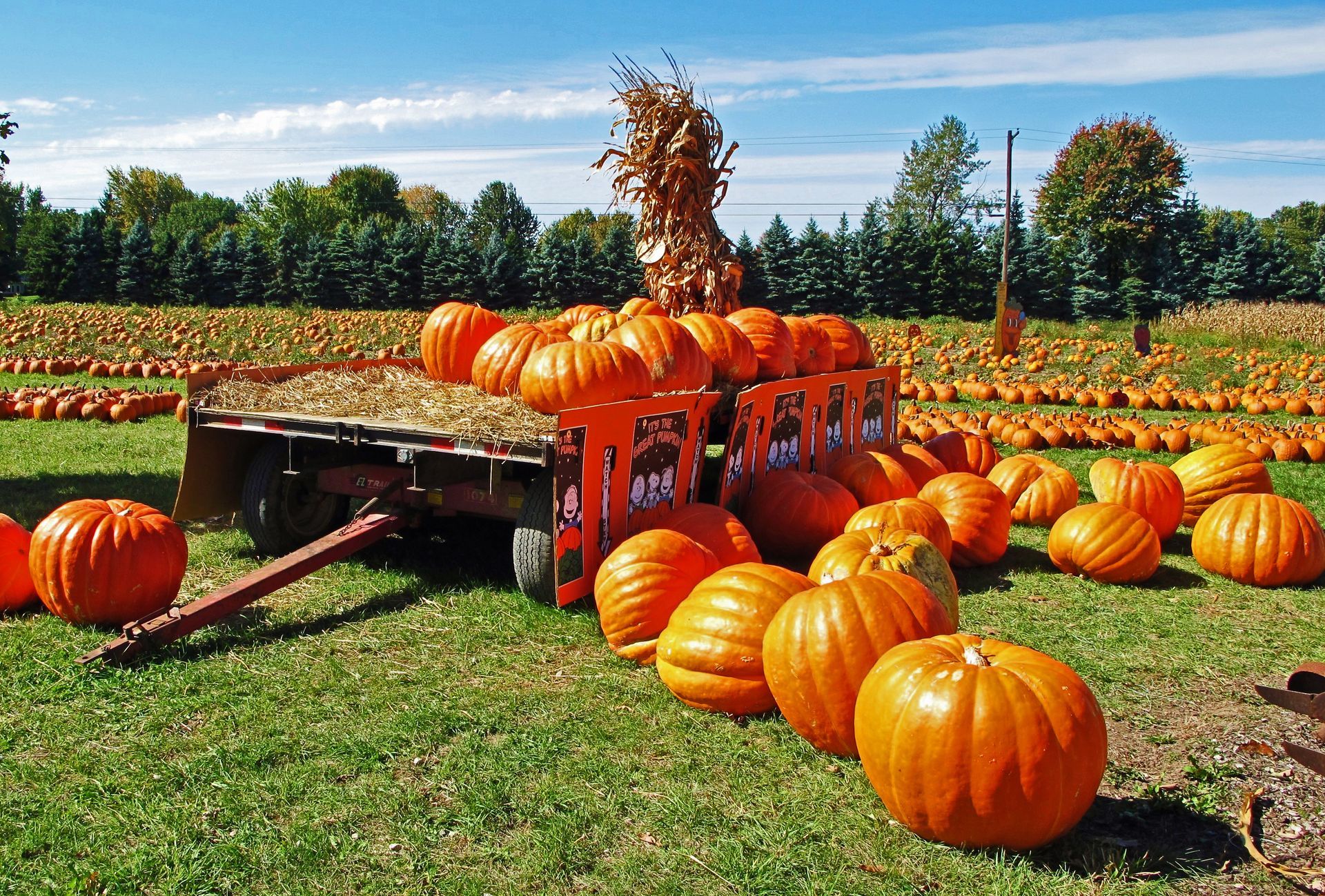5 Important Winter Terms You Need to Know
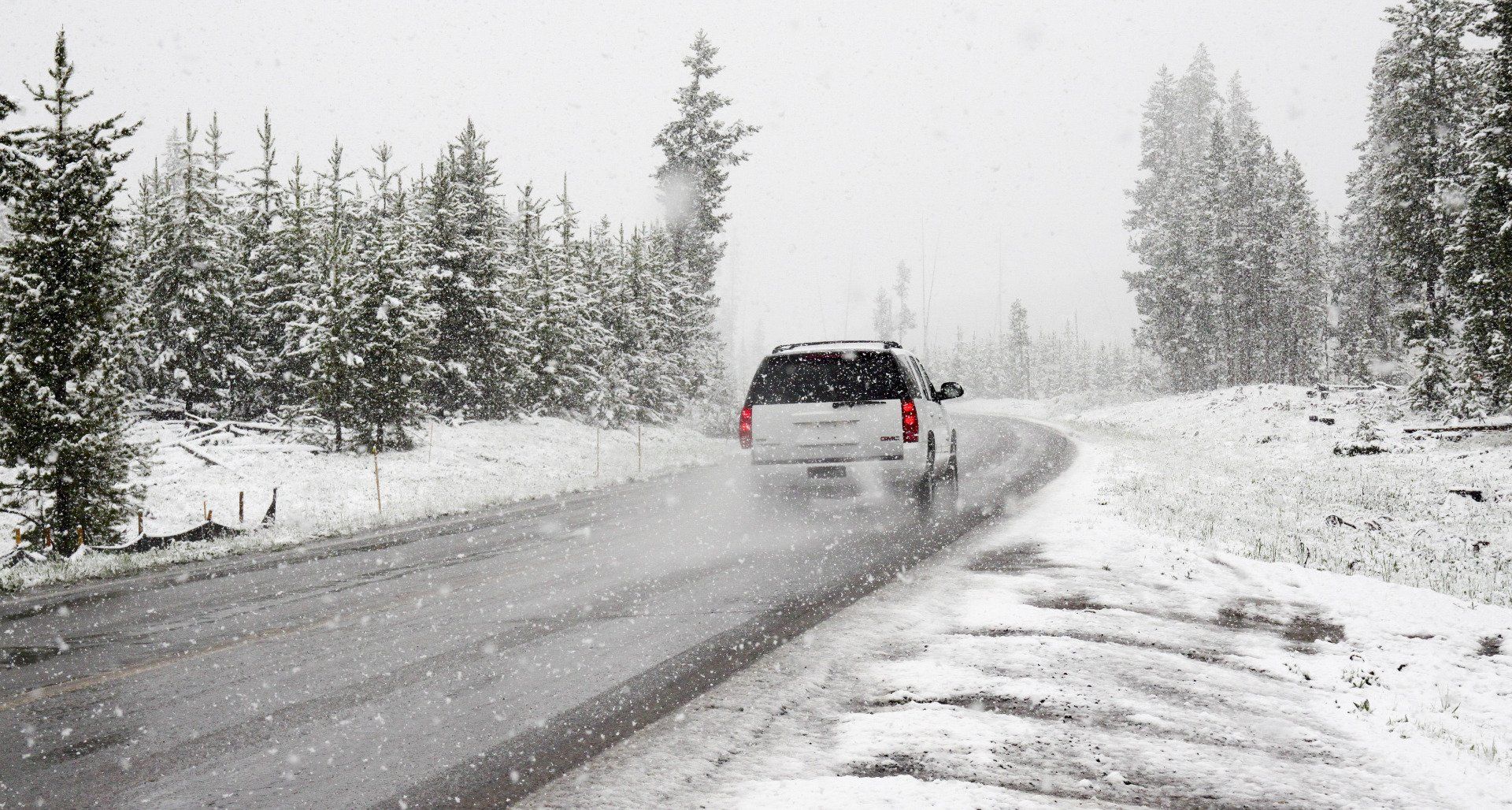
The season of cold is here, and with it comes many safety hazards. There are some winter terms you need to be mindful of, especially in Louisiana, when it comes to the wintry season. Mike Brandner Law is here with five critical terms to stay aware of so you stay safe and sound throughout the entire winter.
Term 1: Black Ice
This is perhaps one of the more common winter terms you may have heard of. Black ice is a thin, transparent layer of ice on the roadway. When rain comes into contact with the ground and temperatures drop, black ice forms. Additionally, black ice can form if fog droplets or snow crystals encounter the road at below freezing temperatures.
Black ice is also difficult to see. Ordinarily, the road may appear to be wet at below freezing temperatures. If this is the case, you know you’ve encountered black ice. When this occurs it’s best to slow your car to well below the usual speed limit, and distance yourself more than usual from vehicles in front of you.
Term 2: Hard Freeze
This term mostly refers to the harmful impacts of freezing temperatures on plants. Essentially, if temperatures reach 28 degrees Fahrenheit or lower and stay below 32 degrees long enough to freeze vegetation and form ice crystals on water, a hard freeze is in effect. But keep in mind, plants aren’t the only things affected by a hard freeze.
Pipes, pets, and people are also affected by a hard freeze. And, of course, the roads could suffer terribly, as well. If you’re aware of a hard freeze warning, stay indoors, if possible. Keep a close eye on your pets and loved ones. Do what you can to stay warm until the hard freeze passes.
Term 3: Frost Heaves
These devastating events can wreak havoc on buildings, piers, and other structures. Frost heaves occur when freezing temperatures penetrate the surface level, going deep down into the soil under the ground. When this happens, subsurface water rises and forms ice structures that displace soil, water, and structures in or on the soil. As a result, structures can collapse if they’re not properly built with frost heaves in mind.
If you see a structure such as a pier, bridge, or building that appears to be standing crookedly or otherwise in an odd way, don’t go near it. Additionally, frost heaves can affect the roads, too, creating swelling and even potholes. Drive with care around peculiar bumps in the streets, and watch for any oddly shaped surfaces.
Term 4: All-Wheel Drive
Different vehicles have different drive types. Depending on your car, you may have front-wheel drive (FWD), rear-wheel drive (RWD), four-wheel drive (4WD), or all-wheel drive (AWD). When it comes to winter conditions, all-wheel drive and four-wheel drive have distinct advantages when it comes to keeping your vehicle moving. All-wheel drive, in particular, is meant for more slippery roads, while four-wheel drive is meant for off-road conditions.
If possible, make sure you use all-wheel or four-wheel drive during the winter months. Additionally, equip your vehicle with winter tires, and perform a vehicle inspection before hitting the road. Check the weather ahead of time, and drive extra cautiously during the frigid months.
Term 5: House Fires
During the winter, “house fire” can be one of the most commonplace winter terms you’ll hear about. This is because various heating appliances are in use more often during the colder months, and many people neglect such devices. Your heater, ovens, stoves, decorative candles, and other devices all have the potential to create a house fire if not used properly.
Make sure all electrical cords and decorations are properly wired. Also, remember that cooking is the number one cause of all house fires during the winter. Therefore, make sure you always tend to your kitchen when cooking, and always use oven mitts and other appropriate equipment. If you suffer a burn injury, be sure to seek medical attention. Then, contact Mike Brandner Law for a free consultation regarding your personal injury case.
Wondering How These Winter Terms Affect You?
From car accidents to burn injuries, the winter season has them all. Stay safe out there on Louisiana roads, and keep yourself cozy indoors, too. If you suffer a wintertime injury, contact Mike Brandner Law right away. Our 24/7 lawyers are always happy to address your concerns. Call us today at (504) 345-1111. You can also get in touch with us online through our LiveChat feature or a contact form. We’ll be happy to give you a free consultation, and we don’t collect a penny until we win your case. So don’t wait; contact Mike Brandner Law today!
